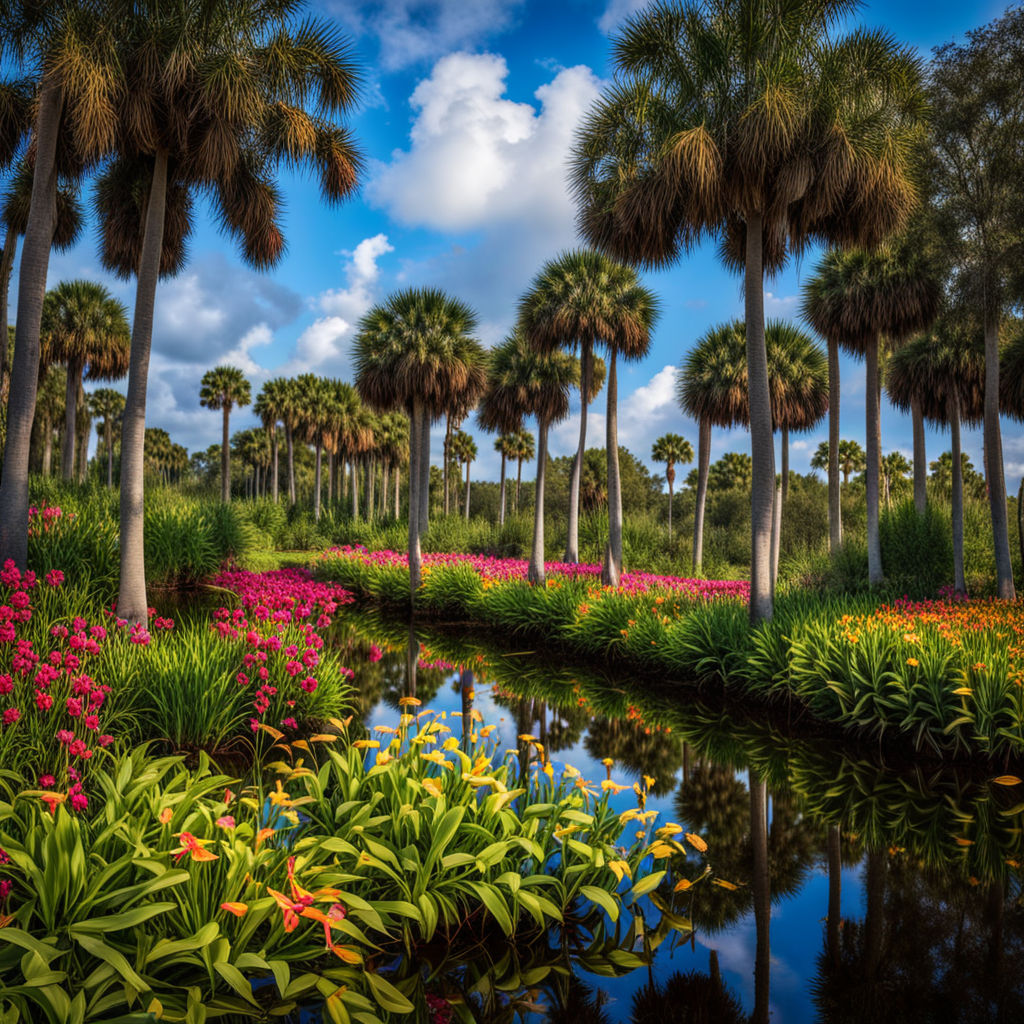
Florida’s Floral Beauty
Florida, often referred to as the “Sunshine State,” is renowned for its unique climate and diverse geography, which collectively create an ideal environment for a stunning array of local flowers. The state boasts a combination of subtropical and tropical climates, leading to a rich tapestry of flora that is both vibrant and varied. This climatic diversity, coupled with Florida’s extensive wetlands, coastal regions, and fertile soils, makes it a true paradise for flower enthusiasts.
The subtropical climate in northern and central Florida features mild winters and hot, humid summers, creating ideal conditions for a wide variety of flowering plants. In contrast, the tropical climate of southern Florida, including the Florida Keys, provides a warm environment year-round, fostering the growth of exotic and colorful species. This range of climates allows an impressive assortment of flowers to flourish across the state, from the well-known Hibiscus and Bougainvillea to the more unique species like the Ghost Orchid and Chapman’s Rhododendron.
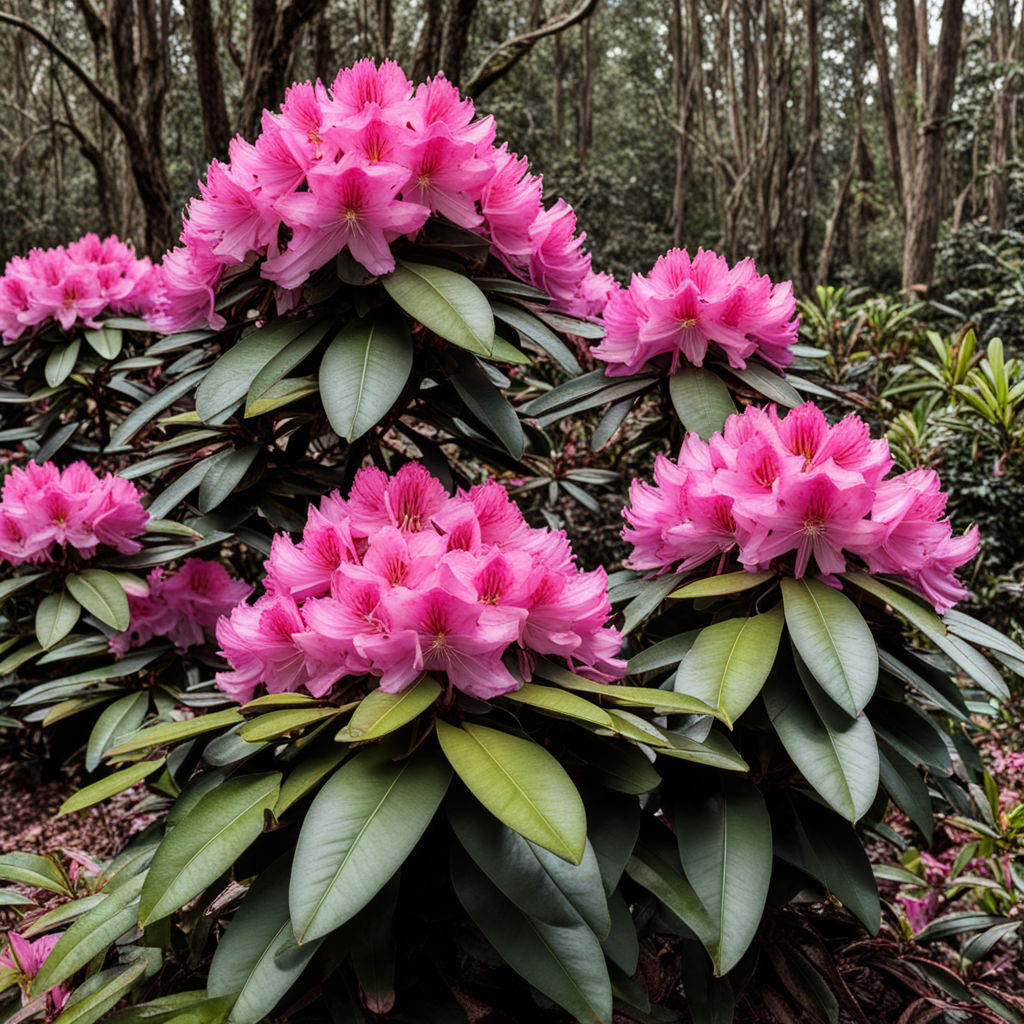
Beyond their aesthetic appeal, Florida’s local flowers hold significant cultural and ecological importance. They play a crucial role in supporting the state’s diverse ecosystem, providing essential habitats and food sources for various wildlife species, including bees, butterflies, and birds. These flowers also contribute to the state’s economy through horticulture and tourism, attracting visitors who come to experience Florida’s natural beauty firsthand.
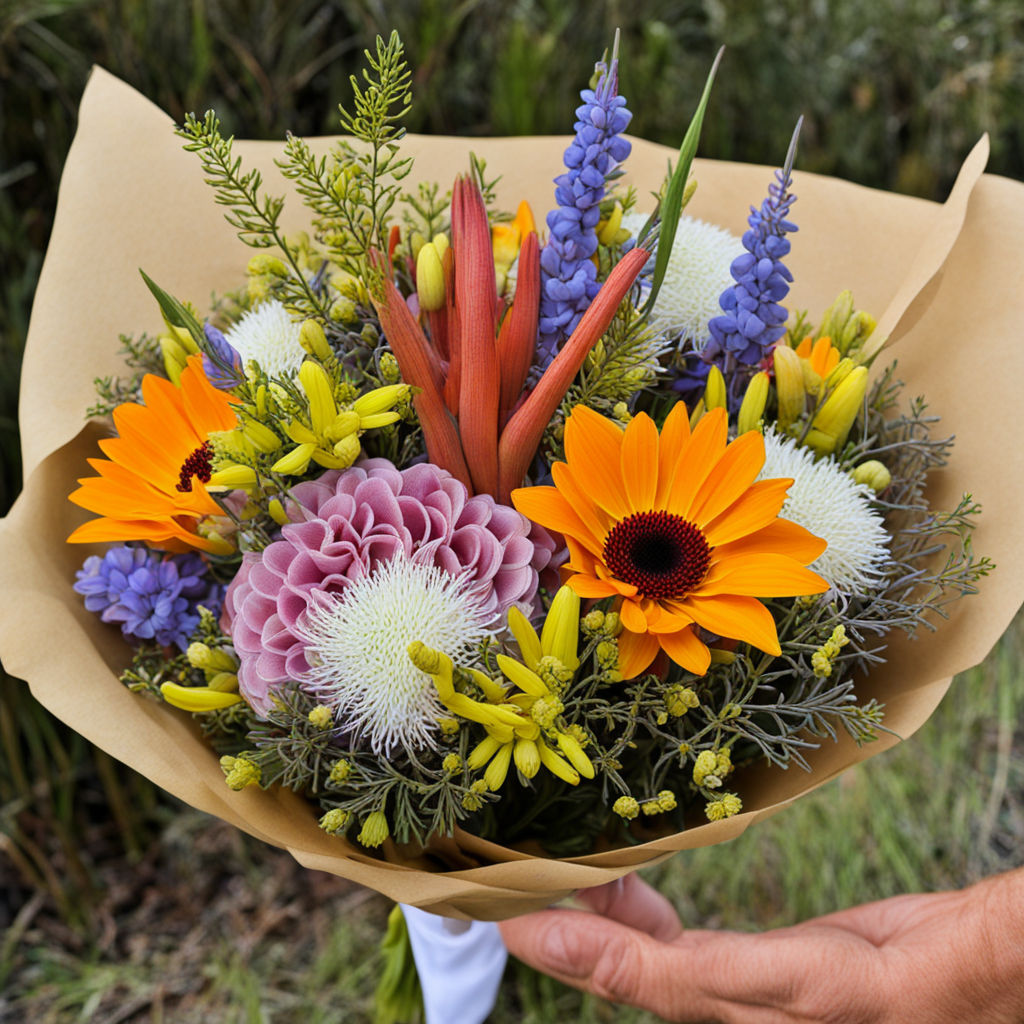
Moreover, the local flora is deeply intertwined with the cultural heritage of Florida’s communities. Many native flowers are celebrated in local festivals and events, reflecting the state’s rich botanical legacy. The preservation of these flowers is not only vital for maintaining biodiversity but also for preserving the cultural identity of Florida.
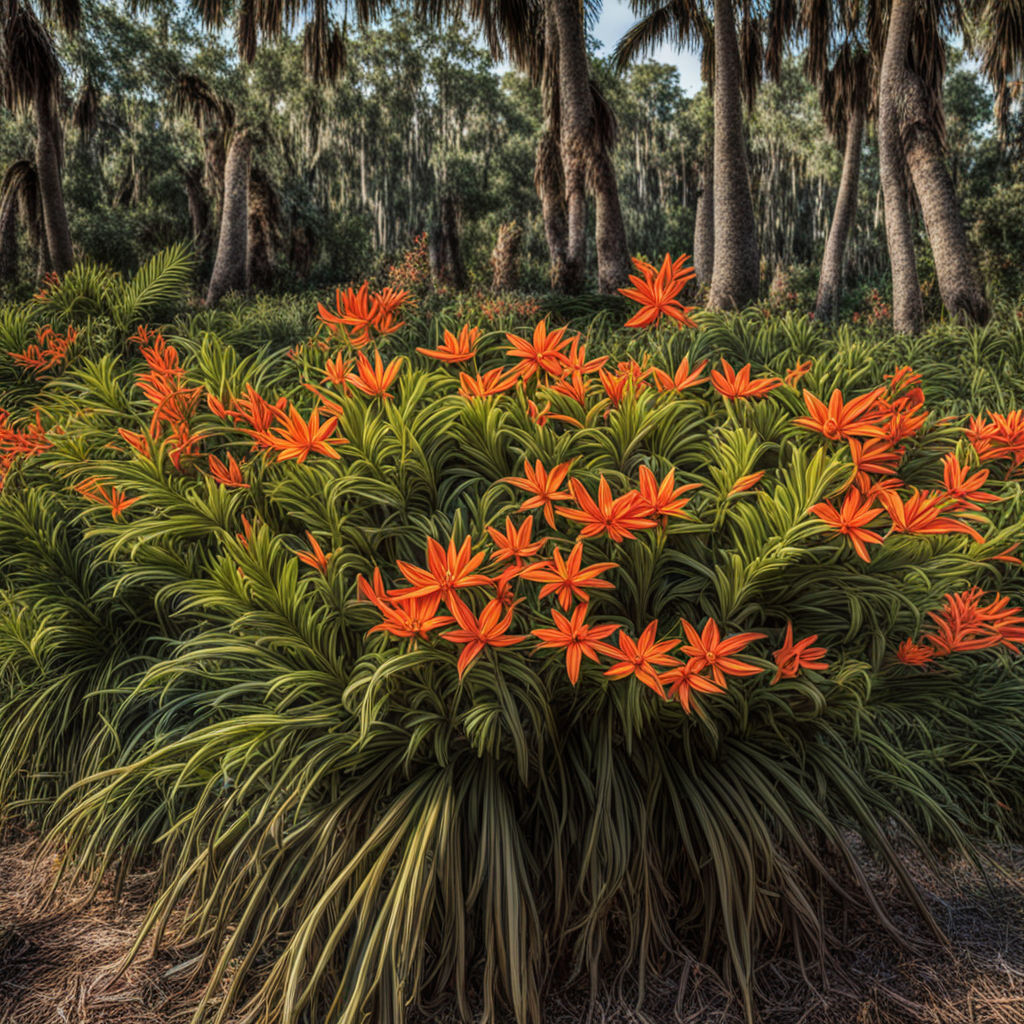
In essence, Florida’s unique climate and geography create a haven for an extraordinary variety of flowers, making it a significant region for both ecological and cultural reasons. As we delve deeper into the specific types of beautiful local flowers found in Florida, one can truly appreciate the state’s floral splendor and its vital role in the broader ecological and cultural landscape.
Top Native Flowers of Florida
Florida, known for its lush landscapes and diverse flora, is home to some of the most iconic and beautiful native flowers. These flowers not only enhance the aesthetic appeal of the region but also play vital roles in local ecosystems. Among these, the Florida State Wildflower, the Coreopsis, stands out with its bright yellow petals and daisy-like appearance. Blooming primarily in the spring and summer, Coreopsis thrives in well-drained soils and full sunlight, making it a favorite in gardens and natural settings alike. This flower is particularly beneficial to pollinators, attracting bees, butterflies, and other insects essential for maintaining ecological balance.
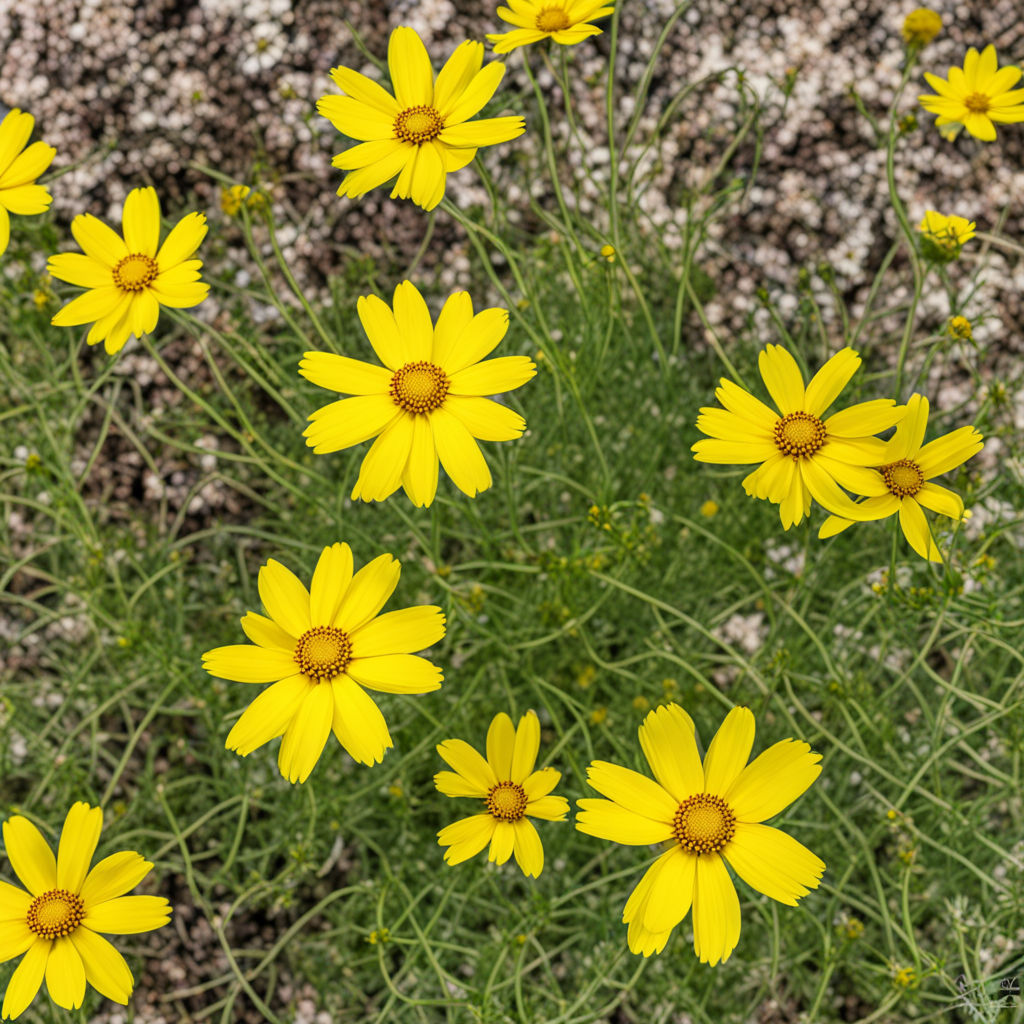
Another notable native flower is the Firebush, known for its vibrant red and orange tubular flowers. This perennial shrub blooms from spring to fall, adapting well to a variety of soil types as long as they are well-drained. Firebush is not only a striking addition to any landscape but also a crucial nectar source for hummingbirds and butterflies, particularly the zebra longwing and gulf fritillary butterflies.
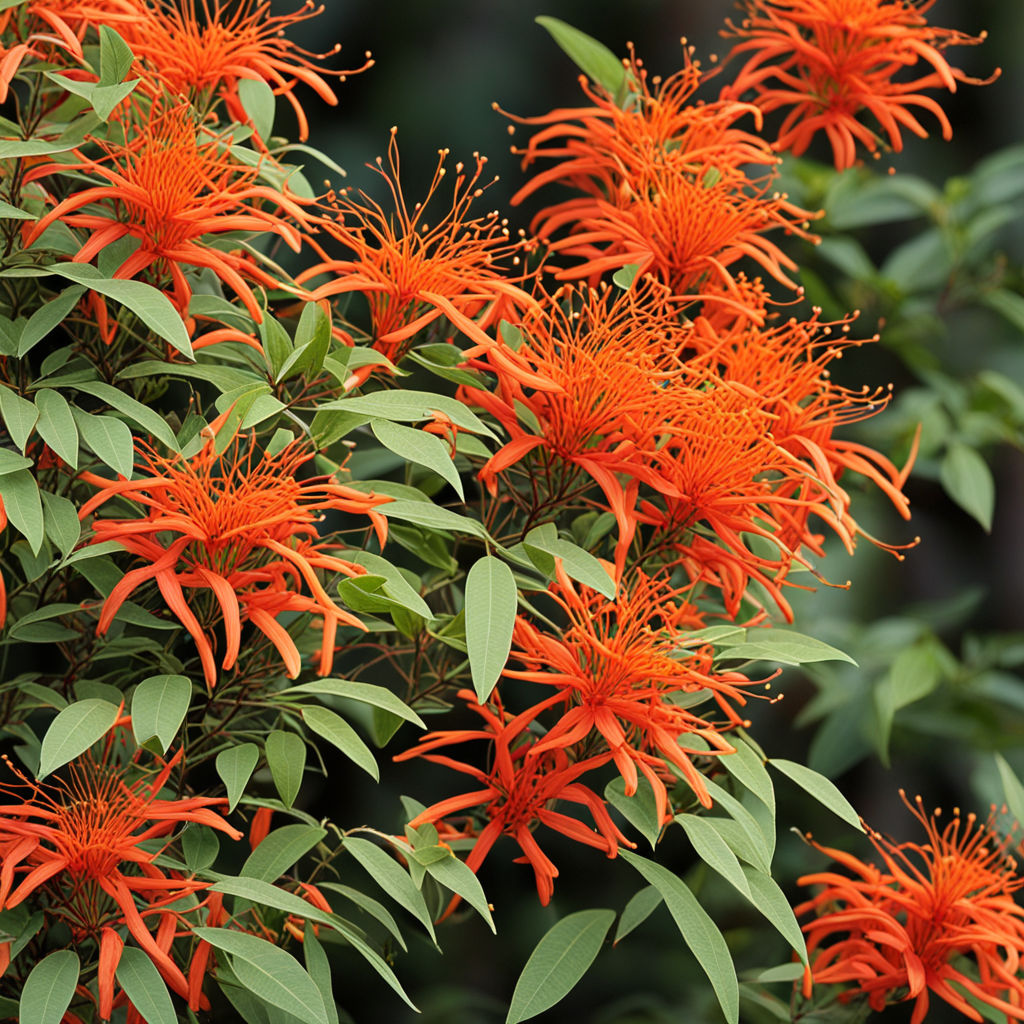
The Passionflower, with its intricate design and striking colors, is another gem in Florida’s floral repertoire. Blooming mainly in the warmer months, this vine prefers moist, well-drained soils and can often be found in the wild, clambering over fences and other structures. Passionflowers are particularly important for the larvae of several butterfly species, including the gulf fritillary and zebra longwing, which rely on this plant for food.
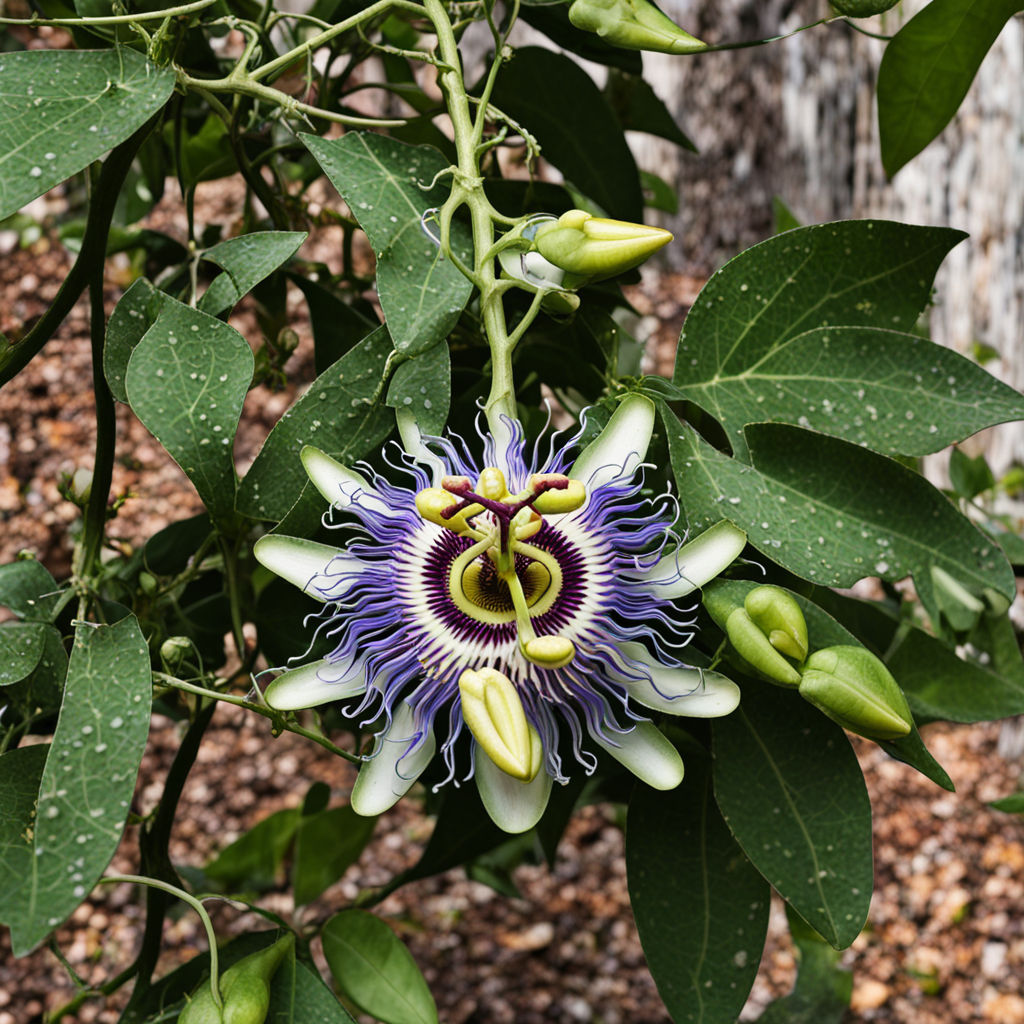
Lastly, the Blanket Flower, or Gaillardia, is renowned for its vibrant red and yellow blooms. This resilient flower thrives in sandy soils and full sun, blooming from spring through late summer. Blanket Flowers are especially valued for their ability to attract a variety of pollinators, including bees and butterflies, making them a vital component of Florida’s natural habitats.
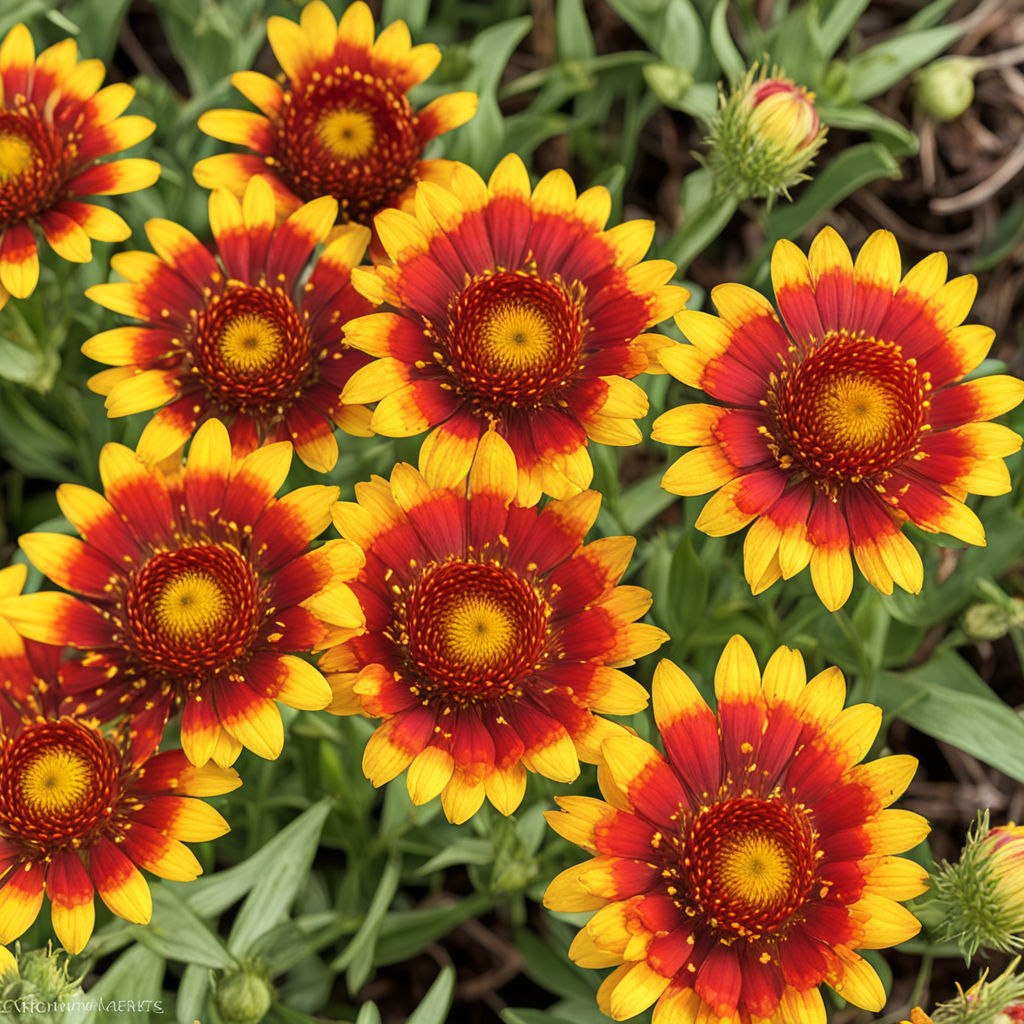
Each of these native flowers not only adds to the visual splendor of Florida’s landscapes but also supports the local wildlife, underscoring the importance of preserving and cultivating these beautiful species.
Cultivating Florida’s Local Flowers in Your Garden
Florida’s native flowers offer a unique opportunity for gardening enthusiasts to create beautiful, eco-friendly spaces. Choosing to cultivate these local blooms can yield a garden that is not only visually stunning but also beneficial to the local ecosystem. To successfully grow Florida’s native flowers, several key considerations must be addressed, including soil preparation, watering needs, sunlight requirements, and pest management.
First and foremost, preparing the soil is crucial. Native flowers typically thrive in well-drained, sandy soils, which are common in Florida. Amend the soil with organic matter such as compost to improve its nutrient content and structure. This will provide a robust foundation for your plants to grow. Testing the soil pH can also be beneficial, as most native flowers prefer a slightly acidic to neutral pH range.
Watering needs vary among different native species, but generally, these plants are adapted to Florida’s climate and require less frequent watering once established. Initially, regular watering is necessary to help them develop strong root systems. Over time, many native flowers become drought-tolerant, reducing the need for constant irrigation.
Sunlight is another key factor. Most of Florida’s native flowers flourish in full sunlight, requiring at least six hours of direct sunlight daily. However, some species may prefer partial shade. Understanding the specific light requirements of the flowers you choose will ensure optimal growth and blooming.
Pest management is relatively straightforward with native plants, as they have evolved alongside local pests and diseases. This natural resilience reduces the need for chemical interventions. Encourage beneficial insects, like ladybugs and lacewings, which can help control pest populations naturally.
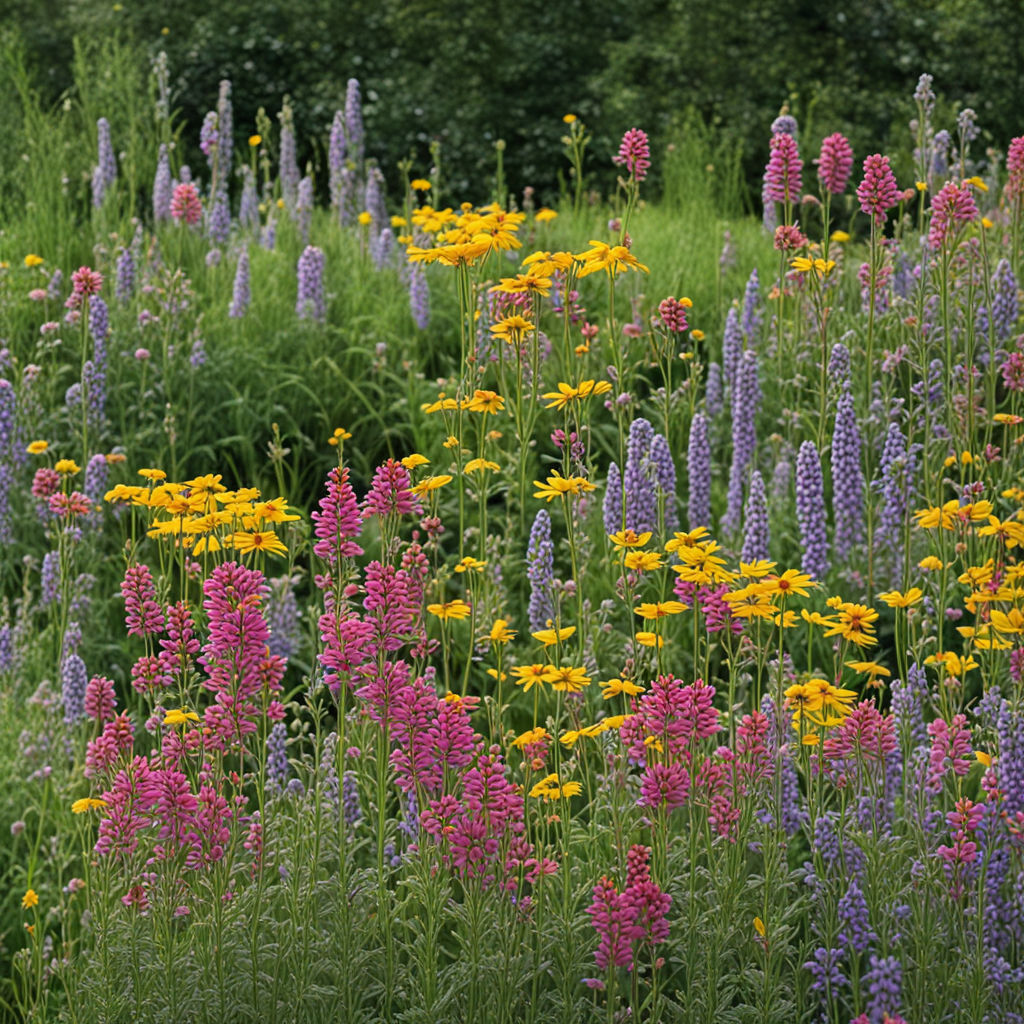
Incorporating native flowers into your garden offers numerous benefits. These plants are well-adapted to local conditions, making them low-maintenance choices. Additionally, they support local biodiversity by providing habitat and food sources for native pollinators and wildlife. You can explore different garden designs, such as wildflower meadows, borders, or container gardens, to effectively incorporate native plants.
To start cultivating Florida’s native flowers, consider visiting local nurseries or botanical gardens, which often carry a variety of native species. These establishments can also provide expert advice on selecting and caring for your plants. By choosing native flowers, you contribute to a sustainable and vibrant garden that reflects Florida’s natural beauty.
Preserving and Protecting Florida’s Floral Heritage
Florida’s native flowers are a vital component of the state’s unique ecosystem, offering not just aesthetic beauty but also ecological benefits. However, these botanical treasures face significant threats that endanger their survival. Habitat loss due to urban development and agriculture, climate change impacting growth patterns and blooming cycles, and the invasion of non-native species are among the primary challenges to Florida’s floral heritage. These factors collectively contribute to the diminishing numbers of native flowers, highlighting the need for robust conservation efforts.
Numerous conservation projects and initiatives are actively working to preserve Florida’s floral diversity. Organizations such as the Florida Native Plant Society (FNPS) and state-run programs collaborate to protect natural habitats and promote the growth of native species. These initiatives often include the restoration of degraded habitats, the control of invasive species, and the establishment of protected areas where native flowers can thrive without human interference.
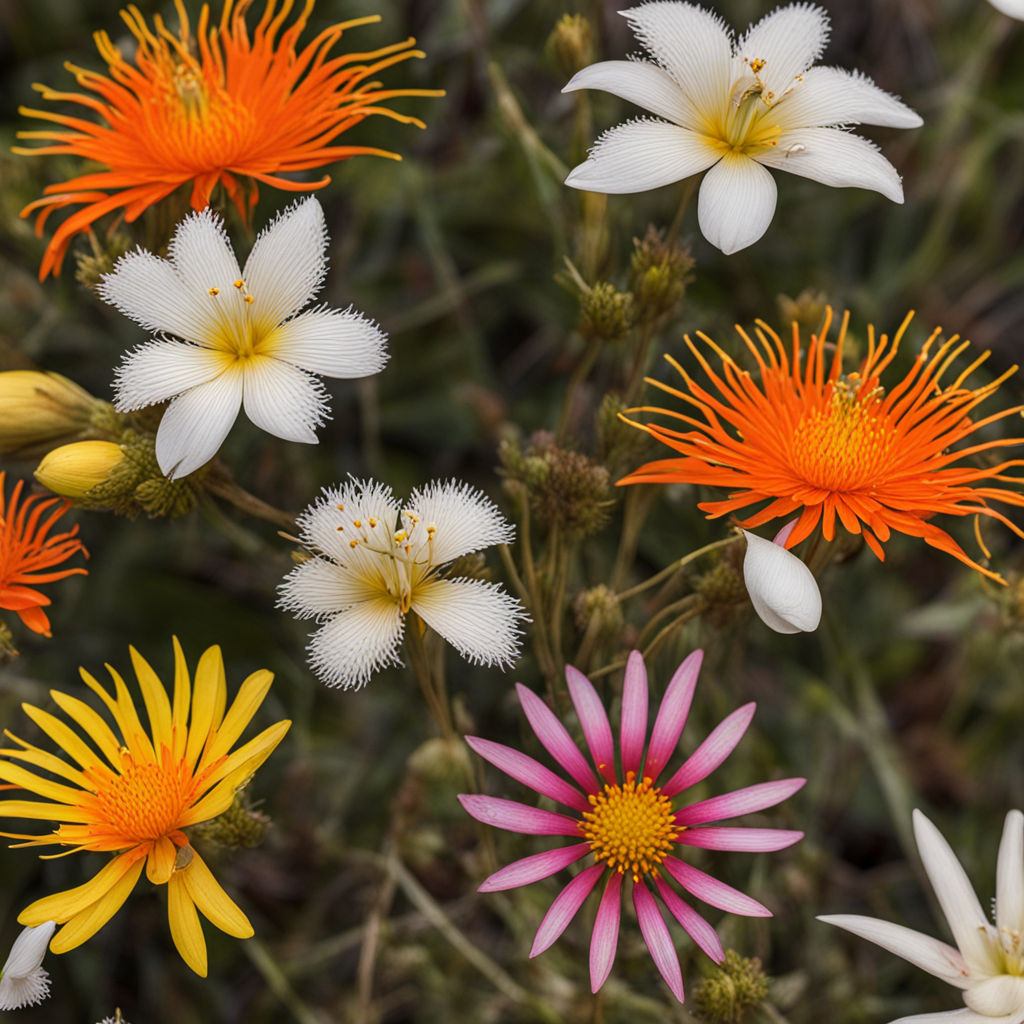
Individuals can play a significant role in supporting these efforts. Participating in local conservation programs is a practical way to contribute, whether through volunteering for habitat restoration projects or engaging in citizen science activities that monitor plant populations. Supporting native plant nurseries by purchasing and planting native species in home gardens also helps to create environments where these flowers can flourish. Additionally, advocating for environmentally friendly policies at the local and state levels can drive legislative actions that protect and enhance Florida’s natural landscapes.
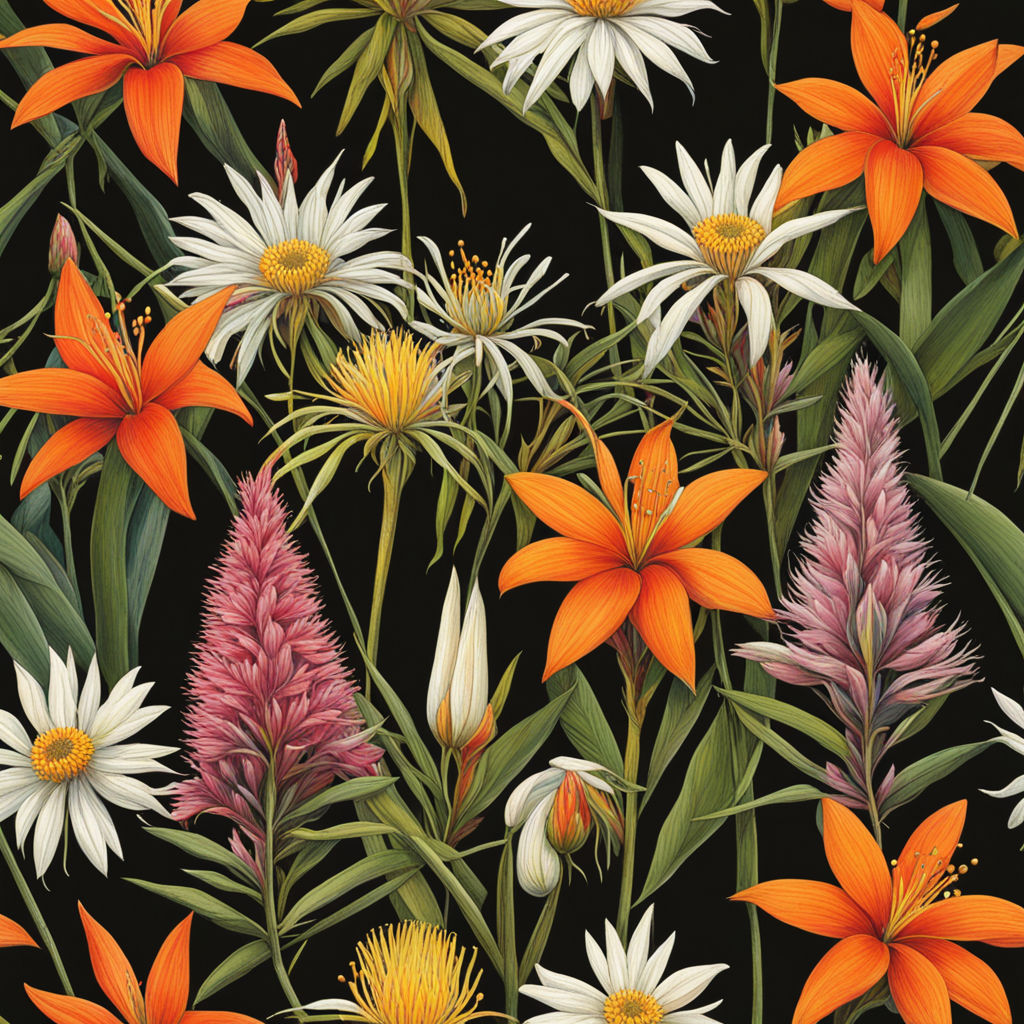
Ultimately, the preservation of Florida’s native flowers depends on collective action and awareness. By appreciating the inherent value of these beautiful plants and taking steps to protect them, we can ensure that Florida’s floral heritage remains vibrant for future generations. Let us all commit to safeguarding the natural beauty that makes Florida unique.